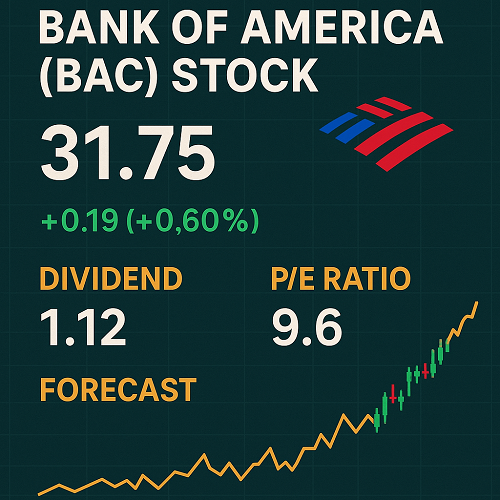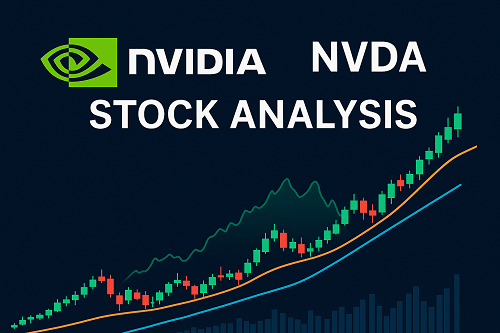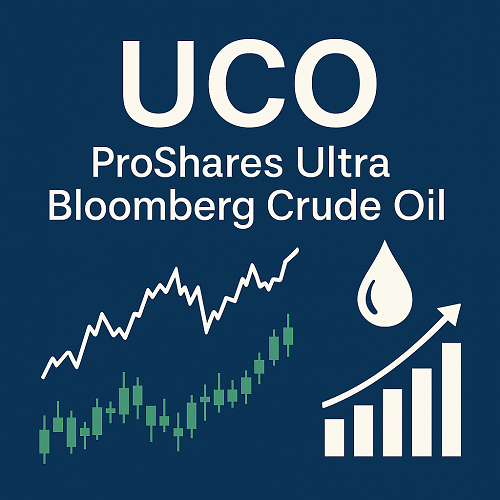Bank of America Corporation (NYSE: BAC) serves consumers, small businesses, corporations, and institutions through four primary segments: Consumer Banking, Global Wealth & Investment Management (Merrill/Private Bank), Global Banking, and Global Markets. Keeping track of the Bank of America share price can offer insights into the company’s financial performance. This integrated model balances spread income (from lending/deposits) with fee businesses (advisory, trading, asset management).
Why that matters: Diversification helps smooth the rate cycle—when NII plateaus, fees can carry growth, and vice versa.
Recent Results & 2025 Setup
- Momentum into 2025: 2024 exit run-rate showed stronger trading and dealmaking, with Q4’24 profits rising and sales & trading at record levels—setting a constructive base for 2025.
- 2025 trajectory: Management has flagged record NII in 2025 (helped by deposit beta dynamics and asset mix).
- Q3’25 highlights (most recent quarter): Third-quarter 2025 earnings featured solid NII and bottom-line growth versus prior year, per earnings coverage. Use the company’s investor portal for detailed figures, slides, and 10-Q.
For full earnings releases, decks, transcripts, and supplemental data, see Investor Relations.
Dividend, Buybacks & Capital
- Dividend: $0.28 per quarter after an 8% raise effective with the September 26, 2025 payment; annualized $1.12.
- Capital planning context: Banks’ distributions are anchored to the Fed’s annual stress test and Stress Capital Buffer. BAC cleared 2025 exams; sector rules continue to evolve.
What to watch next: Any Fed adjustments to stress-test methodology or SCB levels can influence BAC’s capacity for buybacks/dividend growth.
Business Model: Where BAC Makes Money
- Consumer Banking – Deposits, cards, home equity, small-business lending; a durable NII engine enhanced by digital adoption.
- Global Wealth & Investment Management – Merrill and Private Bank drive recurring fees, cross-sell deposits/loans to affluent & HNW clients.
- Global Banking – Corporate lending, treasury services, investment banking fees.
- Global Markets – FICC and Equities trading; market-sensitive but scale brings share and consistency.
Valuation Framework (How to Think About Price)
Common lenses investors use:
- Price-to-Tangible Book (P/TBV): Big-bank comps (JPM, WFC, C) help triangulate cycle-adjusted fair value.
- Price-to-Earnings (P/E): Pair with a view on normalized ROTCE and credit costs through the cycle.
- Dividend Yield + Buyback Yield: Total shareholder return potential given capital headroom.
Use the live quote above plus peers’ quotes to compare multiples in real time.
Macro & Rate Sensitivity
- NII leverage: BAC’s balance sheet historically benefits from a healthy curve and stable deposit costs. Management’s record 2025 NII expectation reflects that leverage.
- Trading & IB: As capital markets normalize (deals, IPOs, M&A), fee revenue supports growth even if rates drift. Recent reports highlight stronger trading/IB momentum.
Risk Checklist
- Credit cycle: Deterioration in consumer cards, CRE, or middle-market could raise provisions.
- Deposit competition: Upward pressure on deposit betas compresses NII during sharp rate shifts.
- Regulatory capital: Changes to stress tests/SCB or Basel end-game calibration can affect payouts and growth.
- Market-sensitive revenue: Trading/IB can be volatile quarter to quarter; diversification helps but doesn’t eliminate it.
Catalysts to Watch
- Quarterly earnings (slides + 10-Q) for NII trajectory, deposit mix, and credit costs.
- Capital returns – dividend updates or buyback authorizations post-stress test.
- Macro prints – inflation, jobs, and yield-curve shifts driving bank multiples.
- Capital markets activity – sustained uptick in underwriting/advisory fees.
Peer Comparison (Quick Context)
- JPMorgan (JPM): Higher ROTCE and diversified fee engines; often premium multiple.
- Wells Fargo (WFC): Efficiency gains as risk controls improve; historically trades near BAC ranges on P/TBV in some cycles.
- Citigroup (C): Restructuring in progress; often lower multiple given transformation path.
(Use live quotes to compare multiples intra-day.)
How an Investor Might Build a BAC Thesis (Illustrative)
- Base case: Stable consumer, modest loan growth, deposit costs flatten; NII up mid-single digits in 2025, fees resilient; ROTCE mid-teens; dividend growth continues with opportunistic buybacks.
- Bull case: Faster market-activity rebound + benign credit → upside to fee income and lower provisions.
- Bear case: Sticky high deposit costs + credit normalization (cards/CRE) + stricter capital rules compress earnings and delay buybacks.
Frequently Asked Questions
Is BAC a dividend growth story?
Yes—payouts have trended up over time; the board raised the quarterly dividend to $0.28 in July 2025. Future growth depends on earnings, stress-test outcomes, and capital targets.
What’s the near-term earnings swing factor?
Net interest income trajectory versus deposit betas, plus trading/IB normalization. Management signaled record 2025 NII.
Where can I find original filings and slides?
Bank of America’s Investor Relations portal hosts earnings releases, decks, transcripts, and 10-Qs/10-Ks.
Methodology & Sources
- Primary: Bank of America Investor Relations—earnings releases, presentations, and filings.
- Regulatory: Federal Reserve 2025 Stress Test Results for capital planning context.
- News & Analysis: Reuters outlook on 2025 NII; Financial Times and Investopedia coverage of late-2024 performance; dividend announcements from Bank of America newsroom; dividend trackers for ex-dates and yield.
Bottom Line
Bank of America combines rate leverage with fee diversification across wealth, markets, and corporate banking. Into late-2025, the setup features record-level NII guidance, improved capital-markets activity, and a higher dividend, offset by the usual bank-cycle risks (credit, deposit costs, regulation). For investors who want large-cap U.S. bank exposure with broad earnings engines, BAC remains a core name to analyze—ground your view in each quarterly update and evolving Fed capital rules.





 XAUT-USD
XAUT-USD  AMD
AMD  MARA
MARA  SHOP
SHOP  BULL
BULL  CL=F
CL=F